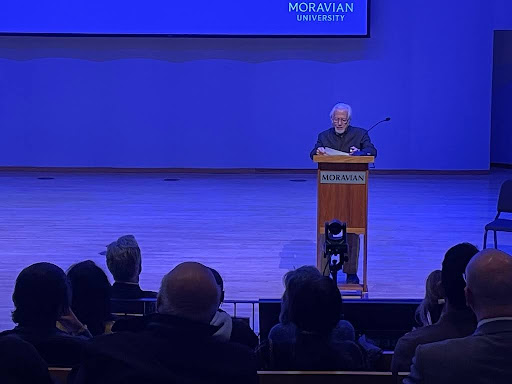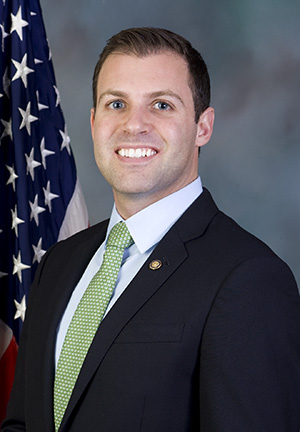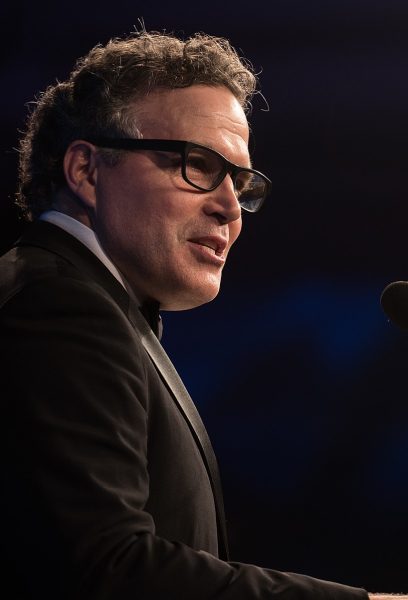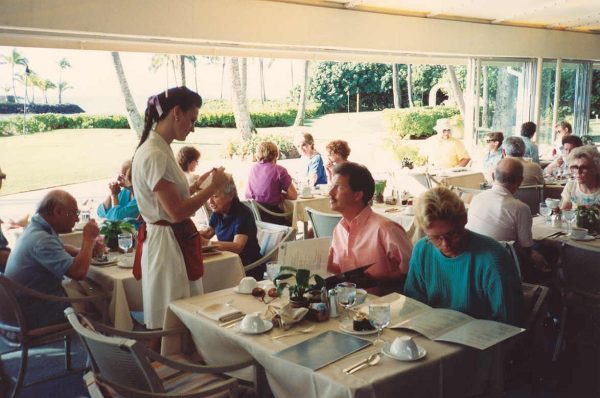Democracy Looks Like: The Women’s March on Washington
The strive for equality stretches beyond our nations borders, it extends across the whole world. Photo by Erica Highhouse
On January 21, the same streets that paved the way for Civil Rights, women’s reproductive rights, and peace during times of war were once again filled with protesters in the wake of Donald Trump’s election. Although dubbed the Women’s March on Washington, the event broke records in numbers and united people of different races, nationalities, genders, and sexual orientations.
A bus containing 52 members of the Moravian College community, including faculty, staff, students, and friends, helped to pinpoint an array of concerns the march was addressing.
While making posters for the protest, Moravian College student Erin Adolt, ‘18 described some of the motivations for the march. “My hope for this march is that issues will become prevalent and show that equality still needs to be attained not only for women, but also for people of color, the LGBTQ community, and everyone who participates in the march.”
The goal to achieve overall equality was one of the factors that motivated Stacey Zaremba, the AAUW (American Association of University Women) advisor, to organize the bus trip. “The minute I heard the election results I knew that I would have to take action in various ways of my life, whether it would be writing letters or going to political offices,” she said.
Moravian College students were able to participate in the march free of charge because of the generous donations provided by faculty and staff. These donations went to the rental of a charter bus and the purchase of snacks and hand warmers for the marchers.
The theme of generosity extended to the streets of Washington D.C., where marchers were welcomed by crowds of peaceful protesters. A man outside of the Metro station held a sign offering free snacks and drinks to show his support of the march. A woman made her way through the crowd offering free pins to marchers. Young children stood on the street corners chanting slogans of change, while others helped lift strangers up onto walls and in trees to witness the magnitude of the event.
Following the march, Moravian College participant Savanna Paxton, ’19, commented on the effects of the event. “It was awesome to be a part of the women’s march,” she said, “because it felt like I was a part of something that was bigger than myself.”
While many speculate about the march’s ability to stimulate change, it is important to recognize the feelings of empowerment, inspiration, and motivation that the event generated.
“The important aspect of this march was that there was not a single issue that we were marching for. It was about people coming together peacefully in support of so many different issues,” said Zaremba. “A lot of people say big marches don’t make a difference, but I don’t believe that when you look at the number of people that turned out not just in D.C. but across the country and the world.”
The Women’s March on Washington made history not because of the number of participants, but because it demonstrated that in the midst of fear and uncertainty, kindness prevails. It showed that people from different walks of life can join hands in support of a cause. It showed that the inappropriate actions of one man in power does not warrant replication, but can inspire empowering outcries for change.












Brian W. Smith • Sep 18, 2017 at 9:59 pm
I saw on You Tube a comparison between the Womens March on Washington and the March for life. At the Womens march you saw mostly obscenity, vulgarity and a display of meaness. The Womens march was a display of one love of self while the March for for life was about one regards of others. If it were a good womens march it would have included great speakers who talked about the accomplisments of women and how they have contributed to society in many way. Instead it was more the same old rhetoric of my body my choice which has led to over 60 million abortions since Roe v.s. Wade became unfortunately legal in United States. The March for life showed people of religious morals and faith who were prayful, peaceful and respectful and they talked about the meaning of respecting and protecting life at all stages. To me the Womens March on Washington was an I hate Trump march disguised as a march for Women. The only interesting moment I heard was when a black man challenged the marchers holding Planned Parenthood signs and Black lives matter signs saying do you know who Margret Sanger was. Margret Sanger was an extreme racist who believed in Eugenics like the Nazis did of getting rid of the mentally unstable from a family line so as to not affect the rest of the race and she also created Planned Parenthood and Abortion as a way of reducing the number of black people in the black race because she was an extreme racist. His point was how can you be for Black lives Matter if you support an organization founded by a founder who is a racist and who wants to reduce the amount of black people in their race. It made real good sense to me. I’m all for a March to display the best of who women are and what they have to offer but unfortunately this wasn’t about that at all.
Brian W. Smith • Mar 20, 2017 at 10:51 pm
Sorry I didn’t get the womens march on Washington because of Trumps win. Donald Trump has over the years hired several women to head key aspects of his business. A black woman in charge of his construction crews and he also pays women more then men in some situations unlike other employers. He also is trying to get women longer maternity leave during the time of their pregnencies. So how is a march in protest of his policies. It seems their march is more about their right to freely get abortions at their choosing or just Marching to protest his being elected because the protestors are liberal democrats. Also listening to Ashley Judd and Madonnas vulgarities really degraded the cause. I also hear that conservative women who are pro life weren’t allowed to march in this March because of their beliefs. If your going to celebrate womanhood then why not have a broad spectrum and not just a bunch of misguided liberals.
Joyce Hinnefeld • Jan 31, 2017 at 7:59 pm
Terrific article, Kaytlyn–thank you!